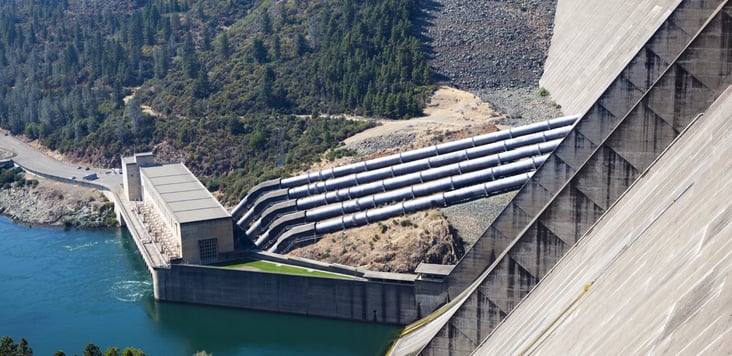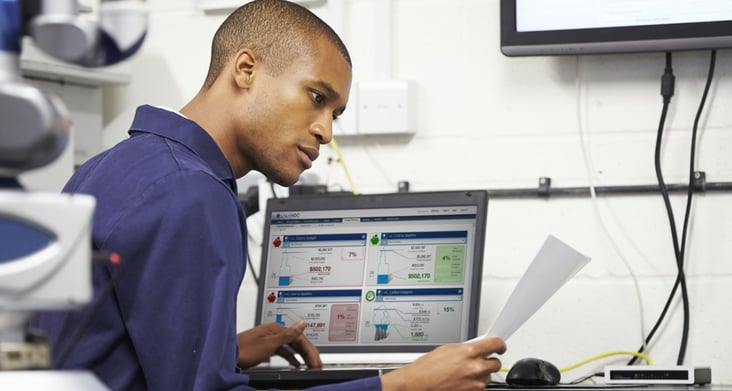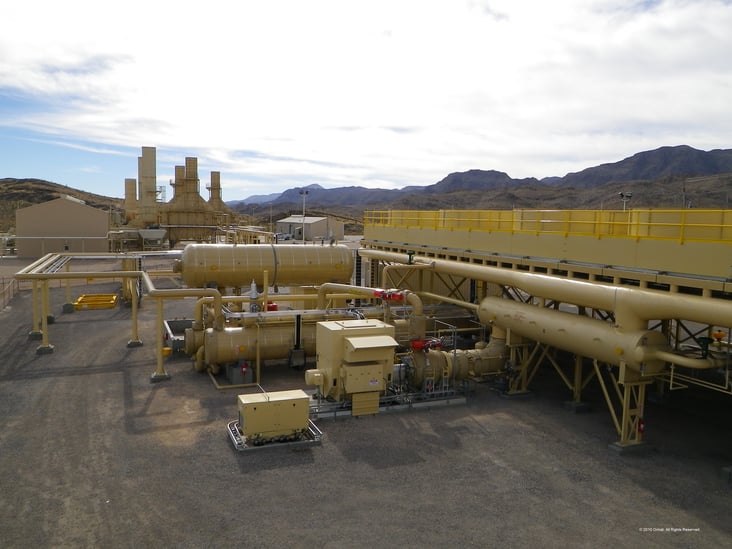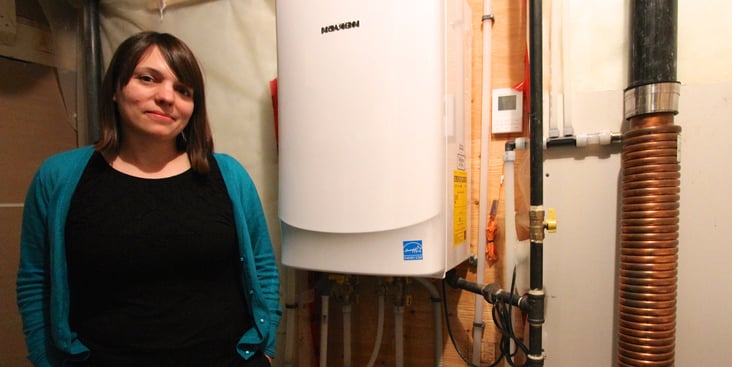This post is one in a series featuring the complete slate of advanced energy technologies outlined in the report This Is Advanced Energy.
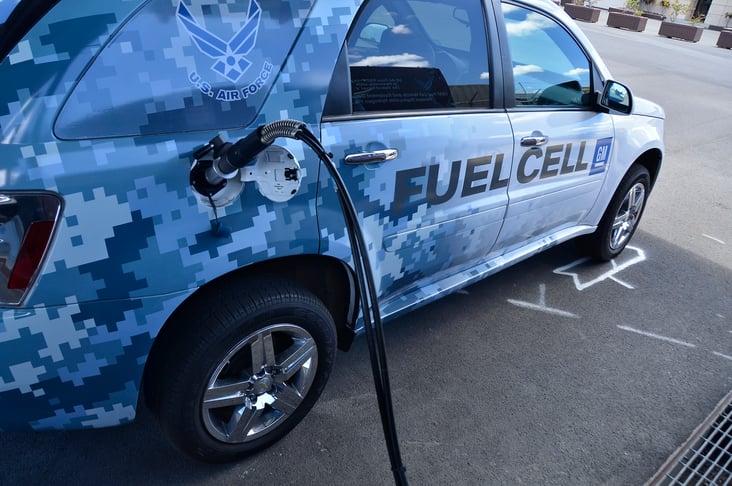
Hydrogen vehicles are either fuel cell vehicles (FCVs) or internal combustion engine (ICE) vehicles designed to burn hydrogen instead of gasoline. FCVs are actually electric vehicles in which the electricity is produced on board by fuel cells — electrochemical devices that convert hydrogen and oxygen (in the air) directly into electricity without combustion. Pure hydrogen gas is stored onboard the vehicle in pressurized tanks or other means. FCVs can be refilled within 10 minutes at a hydrogen fueling station. FCVs have a range of approximately 300 miles, similar to conventional ICE vehicles, and produce only water as a byproduct. There has also been some development of hydrogen-fueled ICE vehicles, which offer high fuel efficiency and very low tailpipe emissions.
